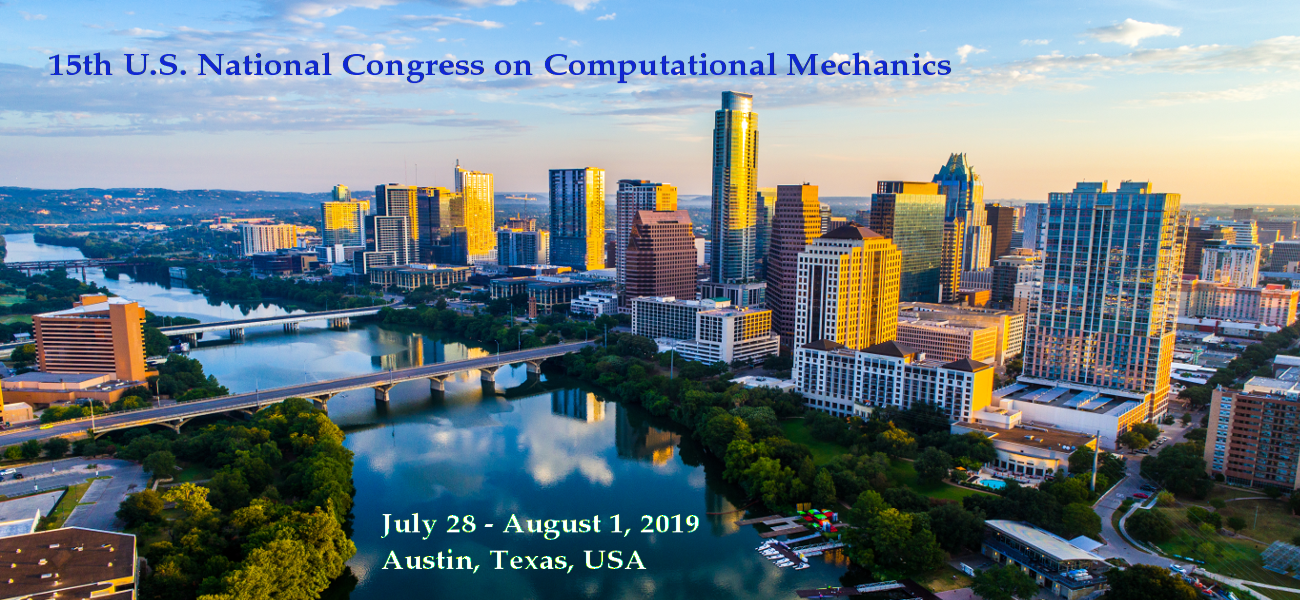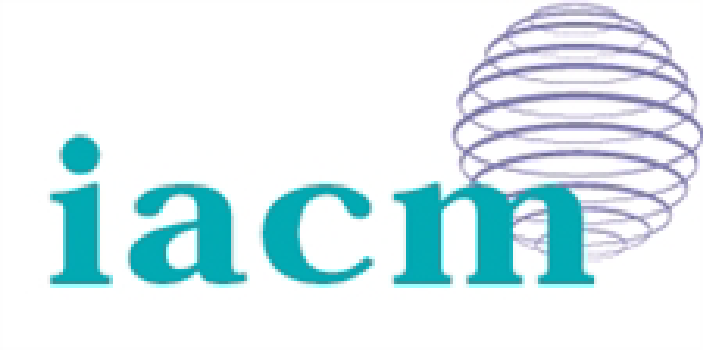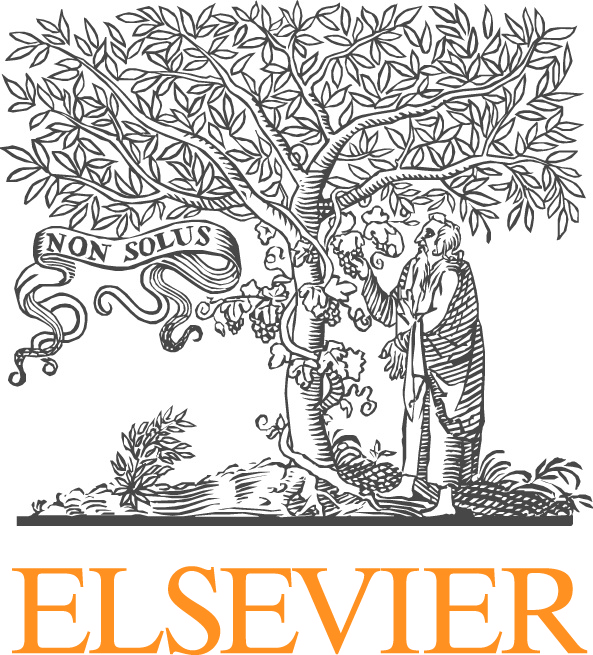Poromechanics with strong discontinuities has numerous important applications such as simulating fluid flow in natural (static) and hydraulic (dynamic) fractures, fracture analysis of aging bones, and multiple-network poroelastic theory (MPET) arising in dementia and Alzheimer’s disease. Here mathematical modeling is challenging because it involves not only coupled chemical reactions, diffusion, and deformation but also initiation, propagation, and branching of cracks in the bulk matrix as well as fluid flowing through cracks. To address these challenges, high fidelity numerical schemes and multiphysics models must be coupled in order to simulate these processes and their interactions accurately and efficiently. Due to the complexity of multiple porosity and multiple permeability, heterogeneous scale-dependent properties that vary over several orders of magnitude, and coupled nonlinear field equations, most investigations remain either as a simple geological, biological, or material descriptions or partial models based on incomplete coupled fields. This makes these coupled physical phenomena hard to simulate and make predictions. In this presentation we describe our current algorithmic work on addressing these complex issues; namely we discuss stability, a priori, and a posteriori error estimation of dynamic discontinuous Galerkin discretizations, physically consistent material models for the deformation and failure of the media, efficient and accurate decoupling solution techniques.







